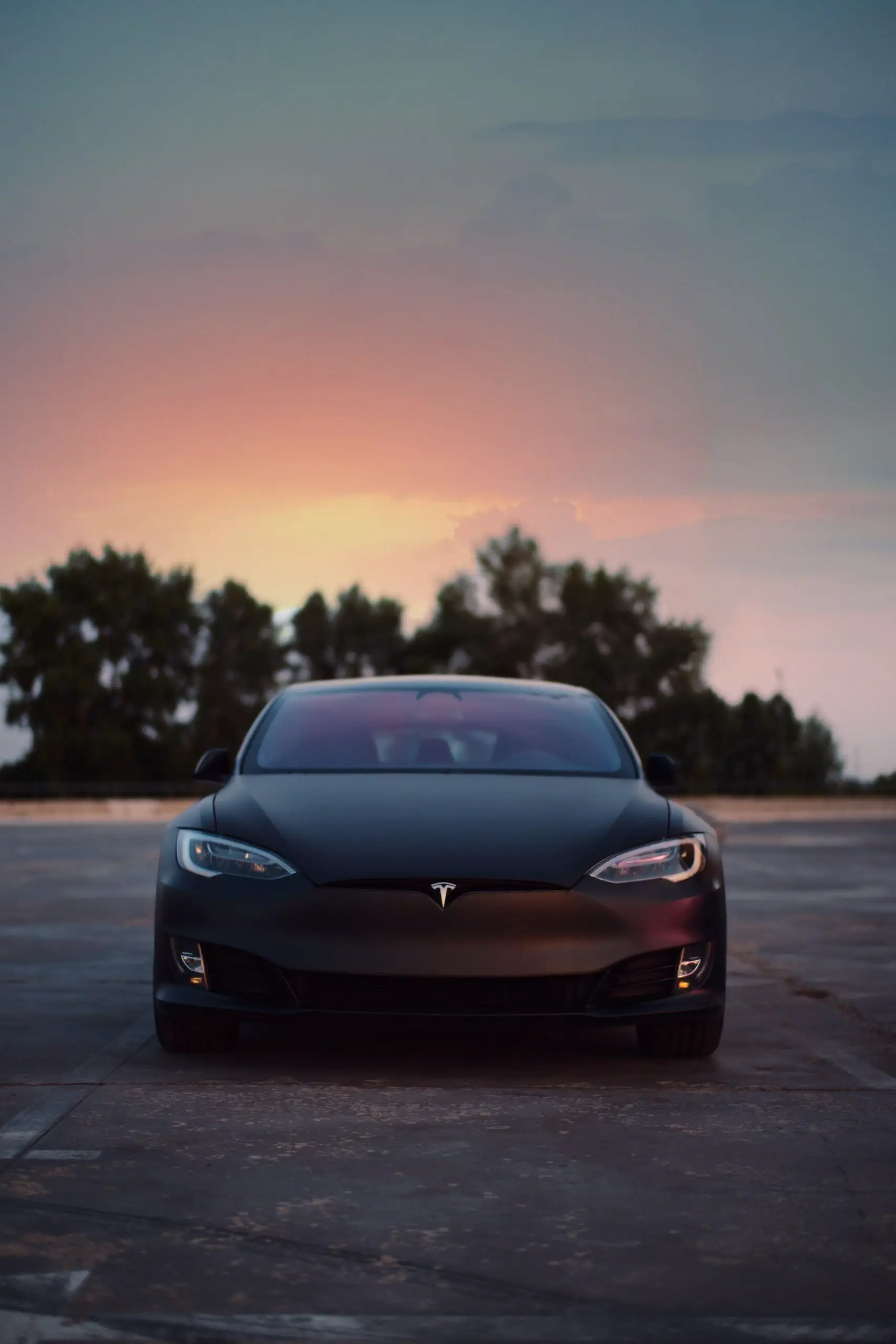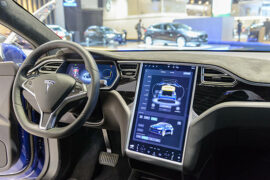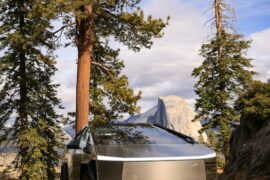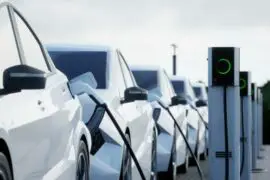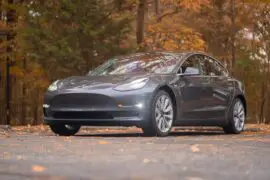As the electric vehicle (EV) revolution gains momentum, questions about the sustainability and ethics of battery materials have come to the forefront. Among these materials, cobalt has emerged as a critical yet controversial component in lithium-ion batteries, which power many EVs, including those produced by Tesla.
The question of “Does Tesla use cobalt” in its batteries has garnered significant attention, reflecting broader concerns about responsible sourcing, environmental impact, and human rights in the supply chain. To understand Tesla’s stance on cobalt usage, it’s essential to delve into the complexities of battery manufacturing, Tesla’s commitment to sustainability, and the evolving landscape of renewable energy technologies.
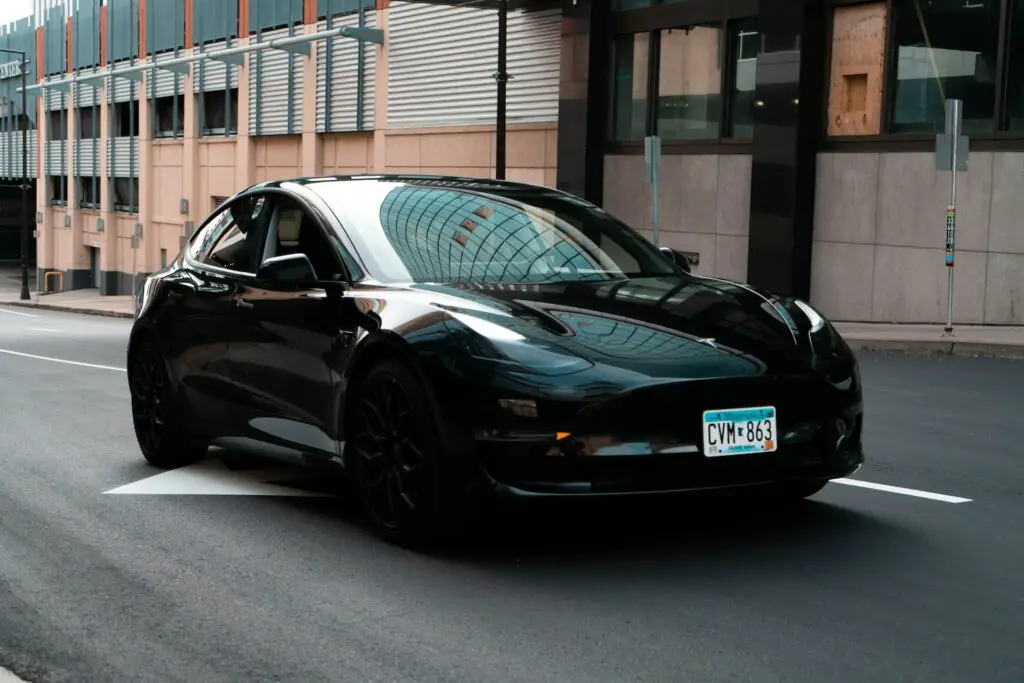
Contents
The Importance of Cobalt in Lithium-Ion Batteries
Cobalt plays a pivotal role in the performance and efficiency of lithium-ion batteries, making it a crucial component in the electric vehicle (EV) industry. Understanding the significance of cobalt requires a closer look at its functions, challenges, and the intricacies of its extraction.
Role in Enhancing Battery Performance:
Cobalt is integral to improving the energy density and stability of lithium-ion batteries. Its inclusion allows for higher energy storage capacities, longer battery life cycles, and enhanced overall performance. This is particularly vital in the context of EVs, where battery efficiency directly impacts driving range and charging capabilities.
Challenges and Concerns:
Despite its benefits, cobalt comes with significant challenges, notably in terms of ethical and environmental considerations. The majority of global cobalt reserves are concentrated in the Democratic Republic of Congo (DRC), where concerns about child labor, unsafe working conditions, and environmental degradation in mining operations have been raised. This raises ethical dilemmas for companies reliant on cobalt and underscores the need for responsible sourcing practices.
Mining and Extraction Issues:
Cobalt mining and extraction processes present a range of environmental and social challenges. Open-pit mining methods, commonly used for cobalt extraction, can lead to deforestation, habitat destruction, and water pollution. Additionally, the use of hazardous chemicals in processing cobalt ore poses risks to both workers and local ecosystems.
Tesla’s Approach to Cobalt Usage
Tesla, renowned for its innovation in electric vehicle (EV) technology, has undergone a notable evolution in its approach to cobalt usage in battery production. From initial reliance to proactive reduction efforts and the introduction of cobalt-free alternatives, Tesla’s journey reflects its commitment to sustainability and technological advancement.
Initial Reliance on Cobalt:
Like many EV manufacturers, Tesla initially relied on cobalt as a key component in its lithium-ion batteries. Cobalt’s role in enhancing battery performance was crucial for achieving optimal energy density and longevity in Tesla’s vehicles. However, as awareness grew regarding cobalt-related challenges, Tesla recognized the need to reassess its approach.
Transition to Cobalt Reduction Efforts:
Tesla embarked on a strategic transition to reduce its dependence on cobalt in battery production. This involved intensive research and development efforts aimed at optimizing battery chemistries, improving energy efficiency, and exploring alternative materials. The goal was to maintain high-performance standards while minimizing environmental impact and ethical concerns associated with cobalt sourcing.
Cobalt-Free Battery Chemistries:
As part of its commitment to sustainability, Tesla introduced cobalt-free battery chemistries, notably lithium iron phosphate (LFP) batteries. LFP batteries use iron instead of cobalt, offering a viable alternative with reduced environmental and ethical implications. Tesla’s embrace of LFP technology marked a significant milestone in its quest for more sustainable energy solutions.
Additionally, Tesla’s exploration of other cobalt-free innovations, such as solid-state batteries and advanced cathode materials, showcases its continuous efforts to push the boundaries of battery technology. These innovations not only reduce cobalt usage but also enhance performance, safety, and recyclability in EV batteries.
Through these initiatives, Tesla has demonstrated a proactive approach to addressing cobalt-related challenges in the EV industry. By prioritizing sustainability, ethical sourcing practices, and technological innovation, Tesla sets a precedent for responsible battery production and reinforces its role as a leader in sustainable transportation.

Ethical Sourcing Practices by Tesla
Tesla’s commitment to ethical sourcing of battery materials reflects its broader mission of promoting sustainability, social responsibility, and transparency throughout its supply chain. Here’s an in-depth look at Tesla’s ethical sourcing practices, particularly concerning cobalt, a crucial component in lithium-ion batteries.
Commitment to Ethical Sourcing:
Tesla has made a clear and public commitment to sourcing battery materials, including cobalt, ethically and responsibly. This commitment is rooted in Tesla’s core values of environmental stewardship and human rights protection. By prioritizing ethical sourcing, Tesla aims to mitigate the risks associated with unethical practices in the mining and extraction of cobalt.
Initiatives to Secure Ethically Sourced Cobalt:
Tesla has implemented a series of initiatives to ensure the ethical sourcing of cobalt used in its batteries. These initiatives include rigorous supplier assessments, audits, and adherence to internationally recognized standards for responsible mineral sourcing, such as the OECD Due Diligence Guidance for Responsible Supply Chains of Minerals from Conflict-Affected and High-Risk Areas.
Furthermore, Tesla actively engages with stakeholders, including mining communities, NGOs, and government bodies, to promote ethical mining practices, support worker welfare, and minimize environmental impacts in cobalt-producing regions.
Direct Relationships with Responsible Suppliers:
Tesla has forged direct relationships with responsible cobalt suppliers and partners who adhere to stringent ethical and environmental standards. By establishing direct connections with these suppliers, Tesla can ensure greater visibility and control over the entire cobalt supply chain, from mining to battery production.
These direct relationships also facilitate collaboration on sustainability initiatives, technology development, and continuous improvement in supply chain practices. Tesla’s proactive engagement with responsible suppliers underscores its commitment to transparency and accountability in sourcing battery materials.
Sustainability Goals and Innovation at Tesla
Tesla’s commitment to sustainability extends beyond ethical sourcing practices to encompass broader goals in battery production, energy efficiency, recyclability, and the exploration of innovative technologies. Here’s an overview of Tesla’s sustainability goals and innovative efforts in these areas:
Broader Sustainability Goals in Battery Production:
Tesla has set ambitious sustainability goals for its battery production processes. These goals include reducing the environmental footprint of battery manufacturing, minimizing waste generation, and optimizing resource utilization throughout the battery life cycle. By integrating sustainability into its production practices, Tesla aims to lead the industry in responsible and eco-friendly battery manufacturing.
Maximizing Energy Efficiency and Recyclability:
Tesla places a strong emphasis on maximizing the energy efficiency of its batteries. This includes continuous research and development efforts to improve energy storage capabilities, enhance charging efficiency, and optimize overall performance. By maximizing energy efficiency, Tesla’s batteries contribute to longer driving ranges and reduced environmental impact per mile driven.
Additionally, Tesla prioritizes recyclability in its battery designs. The company is committed to developing batteries that are easier to recycle, recover valuable materials, and minimize waste. Tesla’s closed-loop recycling initiatives aim to create a circular economy where batteries can be recycled and reused efficiently, further reducing resource depletion and environmental pollution.
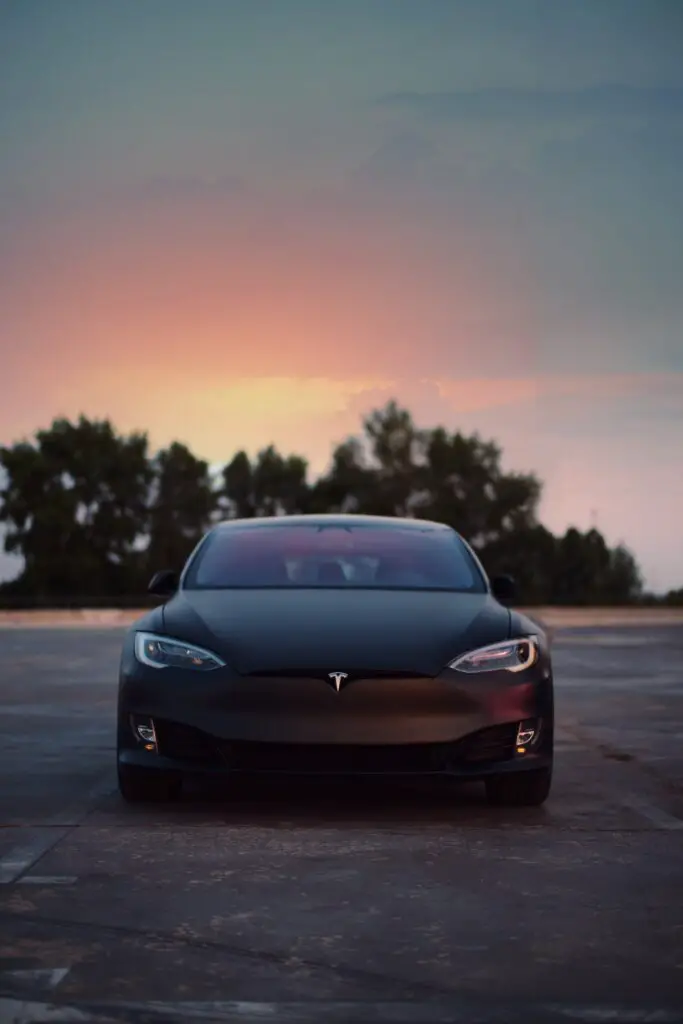
Innovative Technologies for Environmental Impact Reduction:
Tesla actively explores innovative technologies to reduce its environmental impact beyond battery production. This includes advancements in renewable energy integration, energy storage solutions, and sustainable transportation infrastructure. For instance, Tesla’s solar energy products, such as solar panels and Powerwall batteries, contribute to decentralized and clean energy generation, reducing reliance on fossil fuels.
Does Tesla use cobalt?
In conclusion, Tesla has historically used cobalt in its batteries but is actively reducing its reliance on this mineral. The company’s commitment to ethical and sustainable practices is evident through its transition to cobalt-free alternatives like lithium iron phosphate batteries and its emphasis on responsible sourcing. Tesla’s broader sustainability goals, energy efficiency initiatives, and exploration of innovative technologies further highlight its dedication to environmental responsibility.
Whats the Maintenance on a Tesla in 2024?
Do Teslas do teslas catch on fire more than other cars in 2024?

